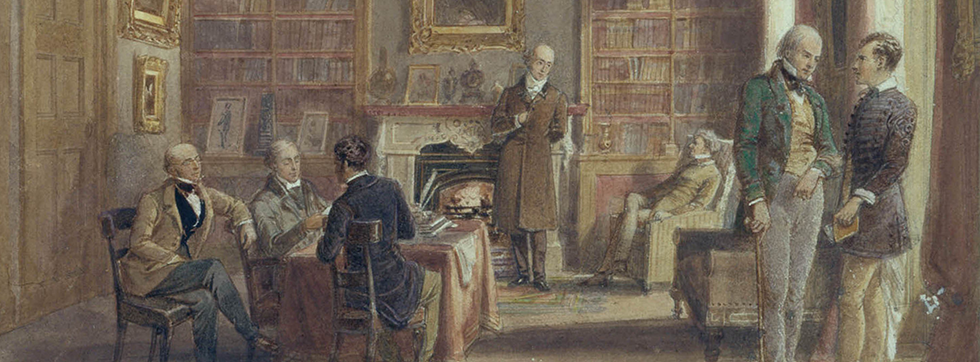Nineteenth Century Literary Society: The John Murray Publishing Archive

British publishing in the long nineteenth century was dominated by one powerful name: John Murray.
The John Murray Publishing Company, founded in London in 1768 by its Scottish-born namesake, published some of the century’s most renowned titles. With John Murray II (1778-1843) and his son John Murray III (1808-1892) at the helm, the Company rose to prominence, publishing influential periodicals like Quarterly Review, alongside celebrated works such as Lord Byron’s Childe Harold’s Pilgrimage (1812-1818), Jane Austen’s Emma (1815), David Livingstone’s Missionary Travels and Researches in South Africa (1857), and Charles Darwin’s On the Origin of Species (1859).
Nineteenth Century Literary Society grants access to over 1,400 digitized items from the archive of this historic publishing company. Documents can be searched through key themes, notable figures, format, and type, making this an invaluable resource for research and teaching.
Features and Highlights of Nineteenth Century Literary Society:
Thematic Guides
Archival documents can be filtered through six key themes:
- Business and Finance
- Literature and Poetry
- Private and Domestic Life
- Politics, Society and Religion
- The Sciences
- Travel and the World
The Byron Papers
Most complete collection of Byron’s private and published writings, including annotated drafts of Don Juan and Childe Harold’s Pilgrimage
Notable Materials
- Correspondence documenting the founding of the John Murray Publishing Company in 1768
- The completed, first edition file copy of On the Origin of Species and related correspondence from Charles Darwin
- Drafts of David Livingston’s Missionary Travels and Researches in South Africa
- Advertisements originally published in The Quarterly Review
- Financial papers recording the sales records of hundreds of Murray publications, including various Jane Austen novels
We are excited to provide this digital archive — which can be accessed through the Franklin catalog — to the Penn community.
Date
September 15, 2020
